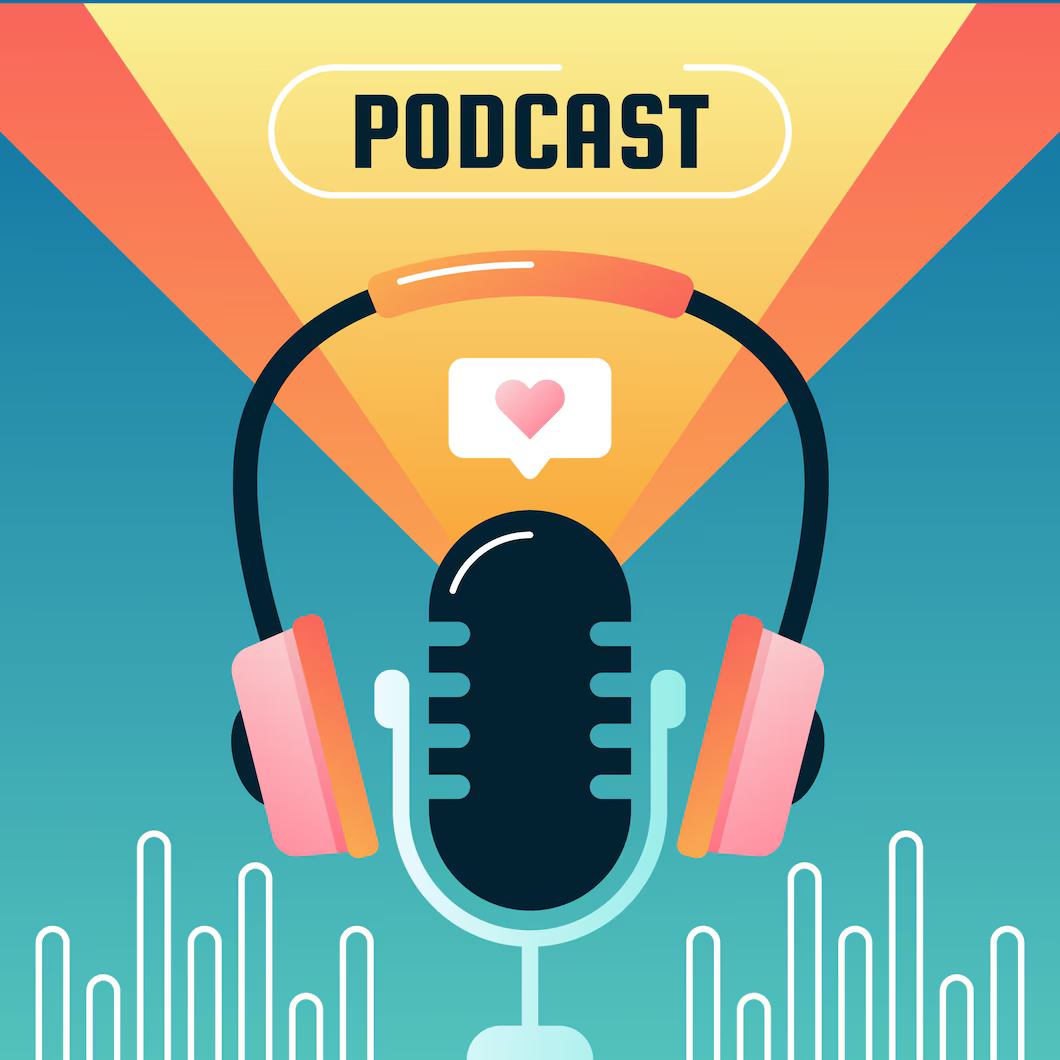The news is everywhere!! YouTube now allows podcasters to distribute their podcast to YouTube using their RSS Feed. Amazing right?
Now the first question on your mind might be, “Why should you have your podcast on YouTube”? In the next few paragraphs, Hiqmat of the Sweet&Sour Podcast will tell you why she added her Podcast RSS Feed to YouTube which I hope convinces you to see that this new feature proves to be a game-changer that can unlock opportunities for you to amplify your voice to a wider audience.
Digging deeper into this article, you’ll also find a step-by-step guide to uploading your podcast RSS Feed on YouTube by Tony Doe, an audio creative enthusiast.
Why you should have your podcast on Youtube
For a long time, there have been debates on whether video podcasts on YouTube can be considered podcasts at all since you do not necessarily upload your RSS Feed Link to the platform. With the advent of YouTube’s new feature that allows you to upload your RSS feed, I believe, we can leave that debate for later.
The real question here is, ‘’should you put your own podcast on YouTube’’?
Just because a feature is available doesn’t mean you should necessarily use it right?
Let me tell you 5 simple reasons why I have added my podcast to YouTube and think you should do the same.
1. Larger audience: As the number 2 search engine in the world after Google, YouTube has approximately 2.5 billion monthly users making it a platform with a vast audience. YouTube also recommends your podcast to podcast listeners on YouTube and the more people enjoy the podcast, the more recommendations your podcast would get. So all you need to focus on is creating valuable content.
2. Better engagements: Your audience can simply like, dislike, comment, download, and share easily from YouTube especially if they like the episode. A lot of listeners struggle with how to leave a rating on other podcast platforms.
3. Monetization: The opportunity to monetize your podcast on various podcast platforms like Apple Podcast and Spotify is limited in many African countries. But as for YouTube, when you get a certain number of subscribers irrespective of your country, you can earn money from ads, memberships, etc. The good news is, this can be a source of monetization for your podcast.
4. YouTube music: By submitting your RSS feed to YouTube, YouTube automatically puts your podcast on YouTube Music, enabling a wide distribution to where your podcast can be heard.
5. Why not? Honestly speaking, what harm can putting your podcast on YouTube bring to you? None that I can think of. Until you find a very good reason, try to get your podcast on many podcast-listening platforms as soon as possible. You never can tell what app anyone wants to use to listen.
And wouldn’t it be annoying if someone wants to listen to your podcast on a specific platform but can’t find it? On this note, stay CREATIVE and keep exploring all options available to grow your podcast.
How to submit your podcast RSS Feed to Youtube
If you’re an African podcaster looking to tap into the vast potential of YouTube, here’s a step-by-step guide on how to submit your RSS feed and share your podcast with a wider audience.
- Create a YouTube Channel:
The first step on your journey to YouTube integration is to create a dedicated channel for your podcast. If you haven’t done this yet, sign up for a Google account and set up your YouTube channel. This will serve as the hub for your podcast content.
- Retrieve Your RSS Feed URL:
Your podcast’s RSS feed URL is the key to getting your content on YouTube. If you’re unsure where to find this, check with your podcast hosting provider. Once you have the URL, you’re ready to move on to the next step.
- Submit Your RSS Feed to YouTube:
Navigate to YouTube Studio and select “Content” from the left-hand menu. Click on “Podcasts” and choose the option to “Submit RSS feed.” Follow the on-screen instructions to complete the submission process. This step ensures that your podcast episodes will be automatically uploaded to your YouTube channel.
- Patience is Key:
After submitting your RSS feed, give YouTube some time to process the information. Once processed, YouTube will create videos for each podcast episode, using your show’s artwork to generate a static-image video. This not only saves you time but also ensures a visually appealing representation of your podcast on YouTube.
- Automatic Updates for Subscribers:
One of the perks of integrating your podcast with YouTube is the seamless update process. When a new episode is added to your RSS feed, YouTube will automatically upload it to your channel. Subscribers will be notified, keeping them engaged and informed about your latest content.
Conclusion:
As an African podcaster, reaching a global audience is within your grasp by leveraging the power of YouTube. Following these steps will not only streamline the submission process but also enhance the visibility of your podcast. Embrace the opportunity to connect with diverse communities, and watch your podcast flourish on the world’s largest video-sharing platform.
Remember, persistence pays. Happy podcasting!
Contributors: Hiqmat Abdulmumuni and Tony Doe





